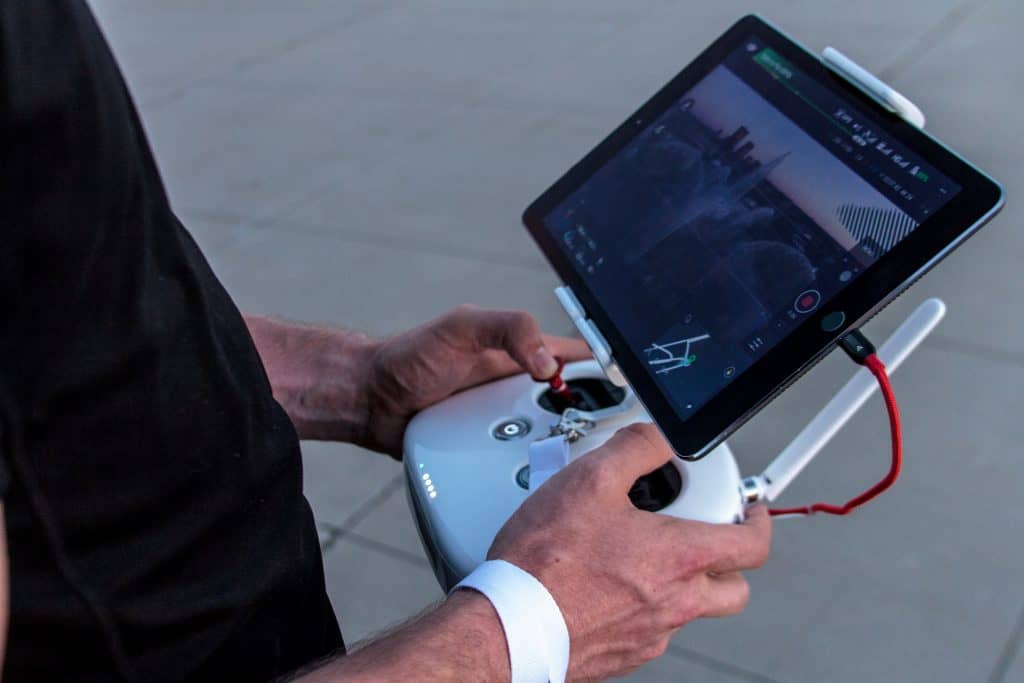
Utility inspection is a check conducted on various infrastructure and housing systems to ensure it is built and further maintained as per the prevailing relevant laws. It is important as it helps to identify existing or/and potential hazards. The inspection includes power transmission lines, bridges, oil & gas pipelines, housing projects, and more.
Importance of Regular Inspections
There are more than 360000 miles of transmission lines in the U.S. bulk power system. Many of these lines are inaccessible due to a lack of transportation and geographical locations. The undetected faulty gas lines and power lines had led to a forest fire. Companies face legal action and liabilities in such cases. Hence maintenance, detection, and repairing of defected assets through regular inspections are of utmost importance.

However, such inspections at times are extremely risky and dangerous. There is a chance of fall from high-rise towers or the risk of life while inspecting structurally weak buildings. They also face certain limitations such as inaccessible terrain, contact with high-voltage power lines, hazardous chemicals emission, and more.
Using Drones for Utility Inspections
Due to the above, many companies have started to use drones as the inspectors can survey the structures or lines from a safe distance and can cover difficult terrains & conditions with ease. Few examples of utility inspections carried out using drones are:
- Power transmission line – to identify foliage encroachment, sagged wires, fuels buildup that leads to forest fires
- Vertical constructions – to check signs of irregularities and damage
- Bridges & overpass – to check signs of damage or cracks
- Water systems – to identify leakages, management of vegetation
- Dams – to check structural defects and identify the repairs needed
Drones improve the quality of such inspection as it allows the inspectors to conduct frequent inspections and to collect more data. Such timely interventions lead to better management & maintenance of utilities & assets.
Artificial Intelligence in Utility Inspection
Utility companies have huge infrastructure networks and details of such assets are picked up by different sensors. Thermal imagery, hyperspectral, color, light detection & ranging are the sensors used. The data from some inputs need to be captured, cataloged, and processed. This is a time-consuming task and almost impossible to process manually. This is where Artificial Intelligence (AI) shows its prowess.
AI can scan all the images collected through miles of infrastructure in few seconds. The drone sensors can be paired with AI algorithms to collect data promptly. The drone sensors system can also be adjusted or positioned using AI tools. This can be done in real-time. In case the drone moves away from its stipulated inspection path, it can be corrected by AI through pilot hardware. The best advantage of the AI algorithm is its ability to readjust the sensor system in real-time. This ensures that the data collected is accurate in one flight. Numerous drone flight or repeated flight is not needed which ensures resources and time is saved. The reports state that hyperspectral imagery identifies vegetation species with almost 99% accuracy.
Data Management using Artificial Intelligence
The data sets collected through utility inspection, asset and vegetation management, information from sensors produce a huge pile of data. To come to insightful conclusions from such large data sets is humanly impossible. AI provides a holistic approach to data-set management and classification. AI can gather all data together which makes it easier to analyze it. Prospective problems or errors can be identified easily and the issues can be resolved immediately. Basis the past reports, it is easier to identify potential threats. These records can be stored and retrieved when needed easily for future research and management as well.
AI does away with human limitations and errors and can handle and process data that is humanly impossible. It is the best means of data-sets management & analyses. It is a tool that enables efficient and prompt decision making but the expertise and judgement of utility inspectors cannot be done away with.
Conclusion
Artificial Intelligence has demonstrated impactful effects in the utility industry. It is an efficient tool that provides complete information about the condition of the infrastructure, power lines, and other utilities so that timely decisions can be zeroed in upon by the decision-makers. It has proved to be a boon in the current pandemic situation where a fewer on-site workforce has been mandated and the utility inspectors can handle the inspection and reports from any safe off-site location.
AI doesn’t replace the work of human beings but enhances their work with its various tools and algorithms. The future of utility inspections will be more advanced using Artificial Intelligence and it will be a game-changer in the utility inspection process.
Aventior with its Artificial Intelligence backed computer vision services helps in easy detection of power lines and to spot any inconsistencies or glitches. The images captured by drones during the inspection are processed using an AI algorithm. To know more about our services, write to us at info@aventior.com
Tell Us for more about your requirements here



